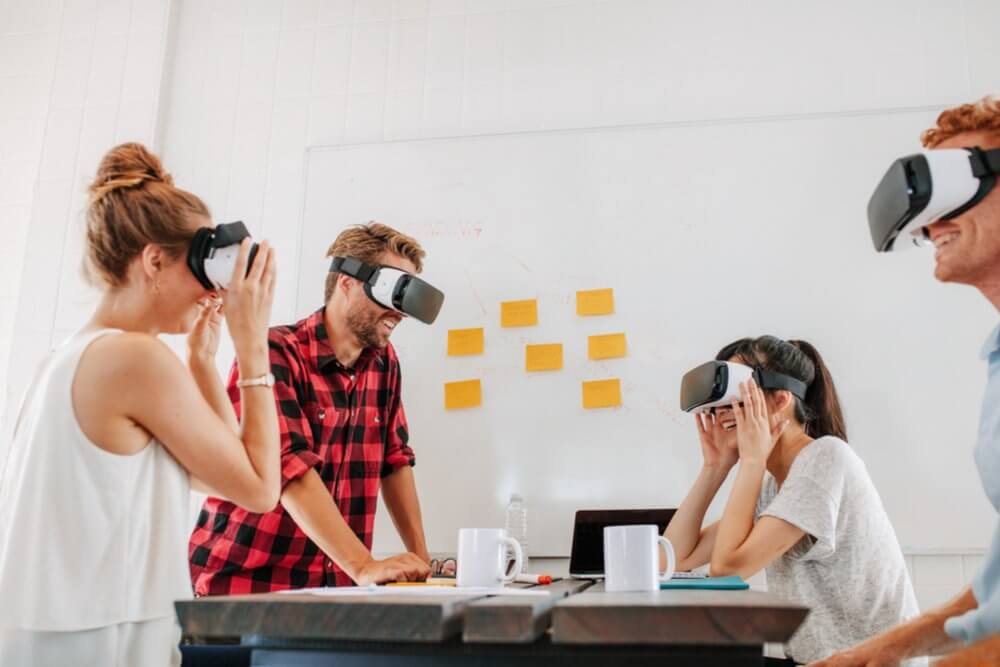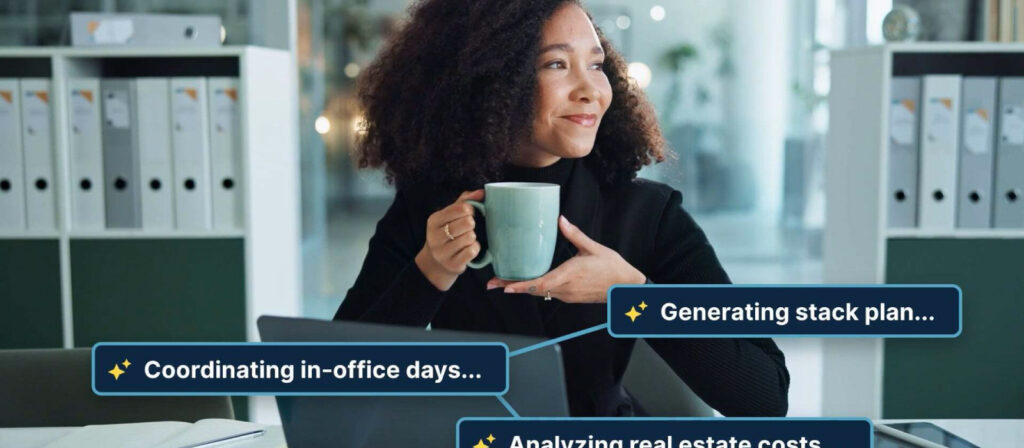
Augmented reality (AR) and virtual reality (VR) are undeniably the way of the future. They offer benefits for companies in a wide range of industries, from small local startups to global, enterprise-level businesses. These technologies are going to change the way offices function in more ways than one. Not only are they going to change the way employees learn, connect and interact, but also the process by which office spaces are designed and arranged. For facility managers (FMs) in particular, AR and VR tools are likely to become some of their most valuable assets in reconfiguring and renovating office space.
AR and VR: The basics

First, you might be wondering how to differentiate between the two technologies. Let’s start with VR, which offers users a simulated or recreated version of a real-life environment or event. By wearing a VR headset or glasses, users can immerse themselves in a computer-generated environment, where their hearing and vision are stimulated; ultimately offering the feeling of a true first-hand experience. AR, on the other hand, offers users enhancements to their current environment via graphics and other digital elements that are presented to them live through a proxy app or device. It allows users to engage with their real, physical environment in a new way.
With this in mind, it’s interesting to consider the impact AR and VR will have when they become staples in offices around the world.
In today’s world, flexible workplaces and remote work are becoming all the more frequent.
And while there are many current technologies that allow companies to optimize their operations based on this model—including optimizing their office space—AR and VR introduce a whole new element to this strategy.
For example, VR could offer the opportunity for remote or freelance employees to meet in a 3D environment, allowing them to collaborate in a more natural and engaging way. This presents huge cost-savings to companies that might otherwise pay to fly employees to international meetings. With VR, these meetings—whether with fellow employees or external clients—can take place in a shared space, even if this space simply exists through a lens. The technology could also offer endless opportunities for training and coaching new employees. For example, for business-to-consumer companies operating in a customer service environment, employees could learn how to best approach, assist and engage with customers through mock 3D scenarios. Similarly, VR could offer “on-the-job training” through simulations of technical procedures and best practices.
While this concept of introducing AR or VR devices into an office likely come at a high cost—especially in the early stages of deployment—the technology could greatly reduce other office-related costs. Consider you’re sitting in an empty meeting room with coworkers, and you plan on brainstorming ways to improve the ROI of your office space. Imagine this room is completely empty, except for the tables and chairs you’re sitting in—this means no large screens, TVs or computers. Now, each employee slips on their AR glasses: the walls become whiteboards, and you can each “write down” your ideas by moving a finger through the air. Or imagine you’ve got an important meeting to pitch a new product to a valuable client. You offer them a pair of AR glasses, and they experience the presentation in a way that allows them to feel physically and emotionally immersed into the entire demonstration. In these situations, you’re simply replacing old technology with one that will have a greater impact on everyone involved.
AR and VR for facility managers

For FMs, AR and VR offer many time- and cost-saving opportunities. If you’re an FM considering a full remodel or rearranging of your office, you can transport yourself to the conceptual space through either technology. Instead of simply viewing these updates through static images on a screen, you can take part in a 3D experience that allows you to walk the hallways of your new office in real time.
The introduction of AR and VR offer exciting new opportunities for office workers, as well as those in charge of everyday operations. Revamping the workplace with these new technologies offers FMs a chance to streamline operations, improve employee communication and enhance overall office design with ease.
AR and VR present incredible opportunities for office improvement. Use these technologies in combination with reports and analytics to make informed decisions about updates to your space.
Photos: Shutterstock / Mark Nazh, Shutterstock / Jacob Lund, Shutterstock / g-stockstudio



